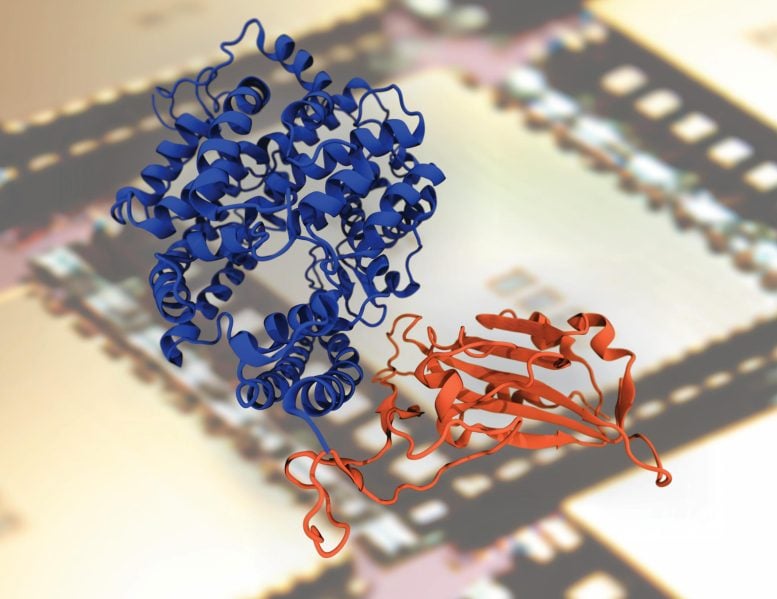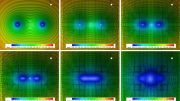
The fusion of high-performance computing and biophysical research is paving the way for revolutionary discoveries in biology, with next-generation supercomputers and AI tools playing pivotal roles.
The dynamic interplay where high-performance computing converges with biophysical exploration is pushing the frontiers of knowledge and catalyzing a new era of unprecedented discoveries in biology.
New light has been shed on the transformative capabilities of the next generation of supercomputers in reshaping the landscape of biophysics in a recently published article featured on the cover of the Biophysical Journal. It was authored by Dr. Rafael Bernardi, assistant professor of biophysics at the Department of Physics at Auburn University, and Dr. Marcelo Melo, a postdoctoral researcher in Dr. Bernardi’s group.
Bridging Computation and Experimentation
The researchers at Auburn delve into the harmonious fusion of computational modeling and experimental biophysics, providing a perspective for a future in which discoveries are made with unparalleled precision. Rather than being mere observers, today’s biophysicists, with the aid of advanced high-performance computing (HPC), are now trailblazers who can challenge longstanding biological assumptions, illuminate intricate details, and even create new proteins or design novel molecular circuits.

Illustration of a protein placed over a computer chip. New, powerful computers are helping scientists design and understand proteins like never before. Credit: Rafael C. Bernardi
One of the most important aspects discussed in their perspective article is the new ability of computational biophysicists to simulate complex biological processes that range from subatomic processes to whole-cell models, with extraordinary detail. As Dr. Bernardi articulates, “The new exascale computers allow computational biophysicists to go beyond what can done experimentally and simulate biological processes with a much higher level of detail. For instance, we can now understand how pathogenic bacteria bind to humans during infection at an atomistic level, generating data for AI models and opening new roads of exploration.”
The Pivotal Role of Advanced Technology
Historically, disciplines like physics and chemistry have relied heavily on theoretical models to guide experiments. Today, biology stands at a similar crossroads, with novel software and specialized hardware becoming pivotal in deciphering experimental data and proposing innovative models. The inaugural public exascale supercomputer, Frontier, which was deployed by the Oak Ridge National Laboratory in late 2021, coupled with the rapid proliferation of artificial intelligence tools tailored for biophysics, exemplifies the profound strides being made to seamlessly bridge simulation with actual observation.
The momentum gained by computational biophysics signifies a transformative shift in the scientific landscape. As biophysical research progresses, the seamless integration of experimental and computational efforts is expected to redefine the frontiers of knowledge, laying the groundwork for unprecedented discoveries that could reshape our understanding of the biological world.
Reference: “Fostering discoveries in the era of exascale computing: How the next generation of supercomputers empowers computational and experimental biophysics alike” by Marcelo C.R. Melo and Rafael C. Bernardi, 2 February 2023, Biophysical Journal.
DOI: 10.1016/j.bpj.2023.01.042









In order to use proteins, how do they stay alive or do you use proteins from a living subject?
♨️wow factor☢️⚛️
Food for the tomorrow
Who did
Who did not